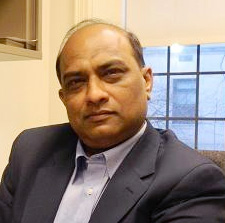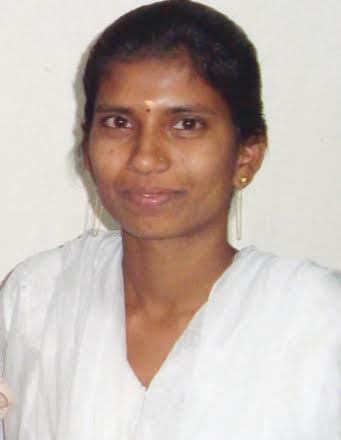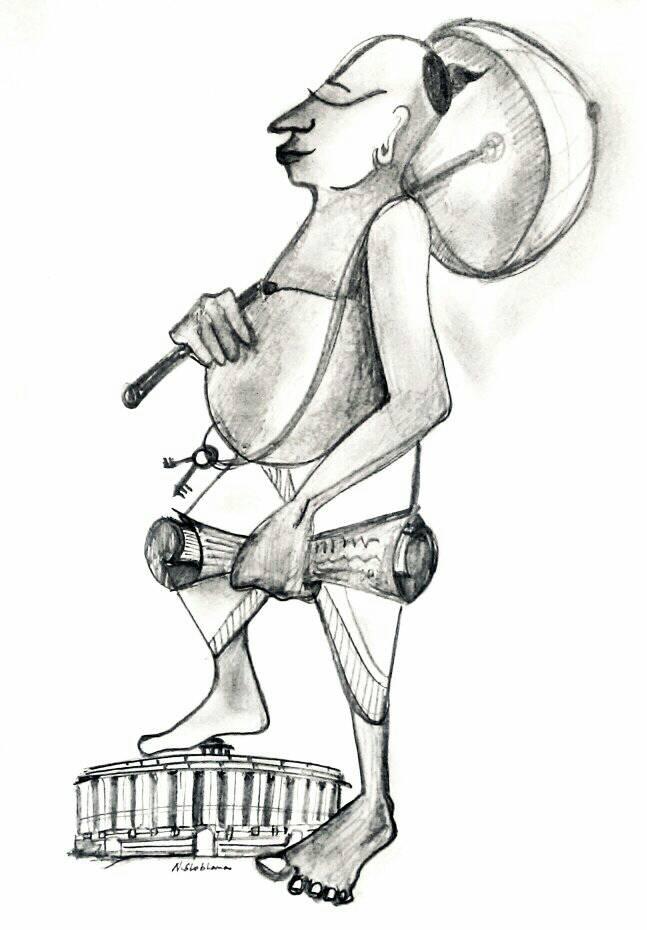Vivek Kumar
 The dust of Bihar assembly election 2020 is gradually settling town. People are discussing the performances of various coalitions viz- Mahagathbandhan (110 seats), NDA (125 seats) and five party alliance led by BSP, AIMIM and RLSP. Media houses are busy in asking politicians and the so-called public intellectuals where the political parties went wrong. Which leader has gained credibility and which leader has lost the credibility? The Mahagathbandhan is alleging anomalies in counting process.
The dust of Bihar assembly election 2020 is gradually settling town. People are discussing the performances of various coalitions viz- Mahagathbandhan (110 seats), NDA (125 seats) and five party alliance led by BSP, AIMIM and RLSP. Media houses are busy in asking politicians and the so-called public intellectuals where the political parties went wrong. Which leader has gained credibility and which leader has lost the credibility? The Mahagathbandhan is alleging anomalies in counting process.
Questioning the Opinion and Exit Poll
However, what is astonishing is that no media house or intellectual is ready to discuss: Why did opinion polls and exit polls go so wrong. Why have the opinion and exit pollsters committed such a big blunder? I call it a blunder because most of the media houses have gone terribly wrong. The margins of error are so wide that it cannot but be called a blunder. It is all the more important to discuss this because most of the media houses make this a big event and pat their backs when they come even close to the actual results. They dance and celebrate their quasi success. Then why not discuss their actions when they go terribly wrong. For instance Axis My India-India Today in their exit poll predicted 139-161 for Mahagathbandhan but they got only 110 seats, indicating approximately 32 percent point error. Similarly, the same exit poll assigned only 69-91 seats to NDA but it secured 125 seats, again approximately 37 percent point error. Can you really allow such high percentage of error at this level?
Unscientific Methods of Data Collection
Another thing which intrigues me about these discussions, especially in English channels, on elections is that most of the pollsters and psephologists, when they come on national channels, they try to pose that they know each and everything about the state/s, leaders, political parties, and socio-cultural diversity of the place. They are omniscient. Secondly, the agency hired by the media house to collect the data and try to analyze it does not reveal the scientific principles involved in collecting data for any prediction. At the most, it will tell us only how big was the group of the people, which they call sample size, from where they collect data and analyze. The agency never reveals what is the caste, class, gender, educational, residential etc composition of the group from where data is collected. In other words, whether a true representative sample has been scientifically drawn or not, is not known to viewers. I am saying this because there are established sampling procedures laid down in the social science research which are applied in different circumstances for effective results. We never know who are the data collectors? What is their qualification and training? Whether, they are trained enough to collect the sophisticated data in a complex society like India in general or Uttar Pradesh and Bihar in particular? We do not know how and why a particular question is necessary to be asked? What is the mechanism to measure the impact of charisma of a national leader on the Sate politics? We also do not know how much is the suggestibility and the logic of the pattern of asking pre-formulated questions?
Unscientific basis of establishing Relationship between Votes and Seats
Thirdly, we are aware that research agencies across the world, in political elections in their respective nations, give only percentage of votes polled by a particular party. However, in India there is a unique tradition that the hired research agencies not only give up votes polled by various political parties but they also convert the vote polled by political parties into seats and declare the results. And then the TV channels by running long hours of discussion endorse the forecast and call it as a commodity. The pertinent point to be noted in this regard is that we are aware of the formula through which one can convert percentage of votes into seats. We are not aware when and where was this formula invented? We are also not aware who is the person who invented this formula? Therefore, there is a doubt on the scientific basis of this formula. Apart from lack of availability of this formula at the international level there are empirical evidences to prove the point that conversion of vote percentage into seats is unscientific. For example, we have seen in a number of elections that a political party may poll more votes or more percentage of votes than another party in competition but it has won less seats. To substantiate the point, in this recently concluded Bihar Assembly elections 2020, BSP polled 1.49 percent of votes but got only one seat. On the other hand CPI and CPI (M) both won to seats in spite of the fact that their vote shares were 0.83 and 0.65 respectively, which are less than BSP’s vote share. The reverse of this proposition is also true. The logic of this empirical preposition is simple. It is, that in first past the post systems of election the political party which has less number of votes and more number of seats its votes tend to be concentrated in one particular area and the political party which has more percentage of vote and less number of seats, its votes are scattered all over the place and therefore it cannot win more seats. Secondly, the political party which has more percentage of votes may have contested more seats than the party with the less percentage of votes.
Lack of diversity in the Poll discussions
Last but not the least the worst aspect of all the opinion, exit polls, and final day counting of polls on TV and social media platforms is that there is no representation to the erstwhile servile classes of the Indian society. Most of the so-called upper castes sit in the TV studios to represent voting behaviors of the Dalits and the other marginalized communities. The so-called upper-castes do not face an iota of moral dilemma while representing the Scheduled Castes or Scheduled Tribes. They speak with such confidence as if they are speaking from their lived experience. For years, I am have been observing how the media houses are not able to find even one qualified Scheduled Caste or Scheduled Tribe individual, out of 25-30 crores of them, to comment on the voting behavior or voting behavior of their own community. But the so-called upper-caste anchors and intellectuals have all the relevant knowledge to sermonize Indians about the voting behavior of Scheduled Castes and Scheduled Tribes. Moreover, they take the liberty to construct a stigmatizing narrative about Dalits have shifted this side or that side without giving the Dalits an opportunity to put their argument. I am reminded of George Floyd, an African-American killed in US where policeman did not allow his to speak and verdict was given against him. Let us not repeat the exercise in India.
To conclude, if the media houses want to win the trust of the citizens of the country they have to make their methodology of selection of sample, formulation of questions, quality of manpower collecting the data, and the conversion formula from percentage of votes to seats, more scientific and transparent. They will have to make their panel of discussion more diverse and representative.
~~~
Prof Vivek Kumar is Professor of Sociology and Public Intellectual based in Delhi.










